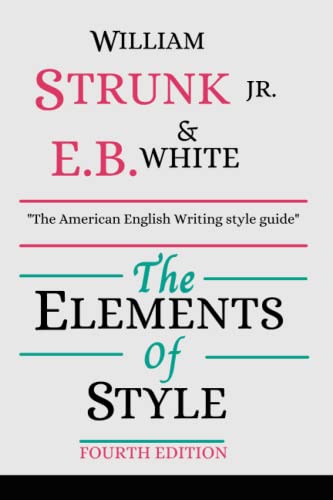
Occasionally I see someone invoke Strunk & White’s The Elements of Style in connection with drafting contracts. Two things come to mind, one specific, the other general.
First, Strunk & White doesn’t have an unblemished reputation. Linguist Geoff Pullum did a number on it in this article, in which he says this:
I believe the success of Elements to be one of the worst things to have happened to English language education in America in the past century. The book’s style advice, largely vapid and obvious (“Do not overwrite”; “Be clear”), may do little damage; but the numerous statements about grammatical correctness are actually harmful. They are riddled with inaccuracies, uninformed by evidence, and marred by bungled analysis. Elements is a dogmatic bookful of bad usage advice, and the people who rely on it have no idea how badly off-beam its grammatical claims are.
I parted ways with my copy of Strunk & White years ago, and I don’t expect I’ll ever need to consult it. Instead, the first place I look for guidance on grammar is Garner’s Modern English Usage, although I keep an eye out for mistakes.
Beyond that, Strunk & White, and guides to English usage generally, are of limited use to the contract drafter. As I note in this 2017 blog post, “Contract language is limited and stylized, and often a lot is at stake, so contract language is subject to considerations very different from those that apply to, say, litigation writing and memo writing.” It’s not a good sign when a contract drafter cites Strunk & White or something like Plain English for Lawyers as an inspiration.
Sure, I advocate using standard English. (I prefer that phrase over “plain English” and “plain language,” as those phrases can be understood, or misunderstood, to imply some dumbing-down.) But using standard English involves more than the grammar issues that Strunk & White is primarily concerned with. And beyond that, more is riding on the technical language (helpful and unhelpful) of contracts.
Chapter 17 (Drafting as Writing) of A Manual of Style for Contract Drafting covers some issues of English usage, including keeping subject, verb, and object close together; not using buried verbs; and avoiding gender-specific language. But it occupies only ten pages out of the almost 700 pages of the fifth edition of MSCD.
